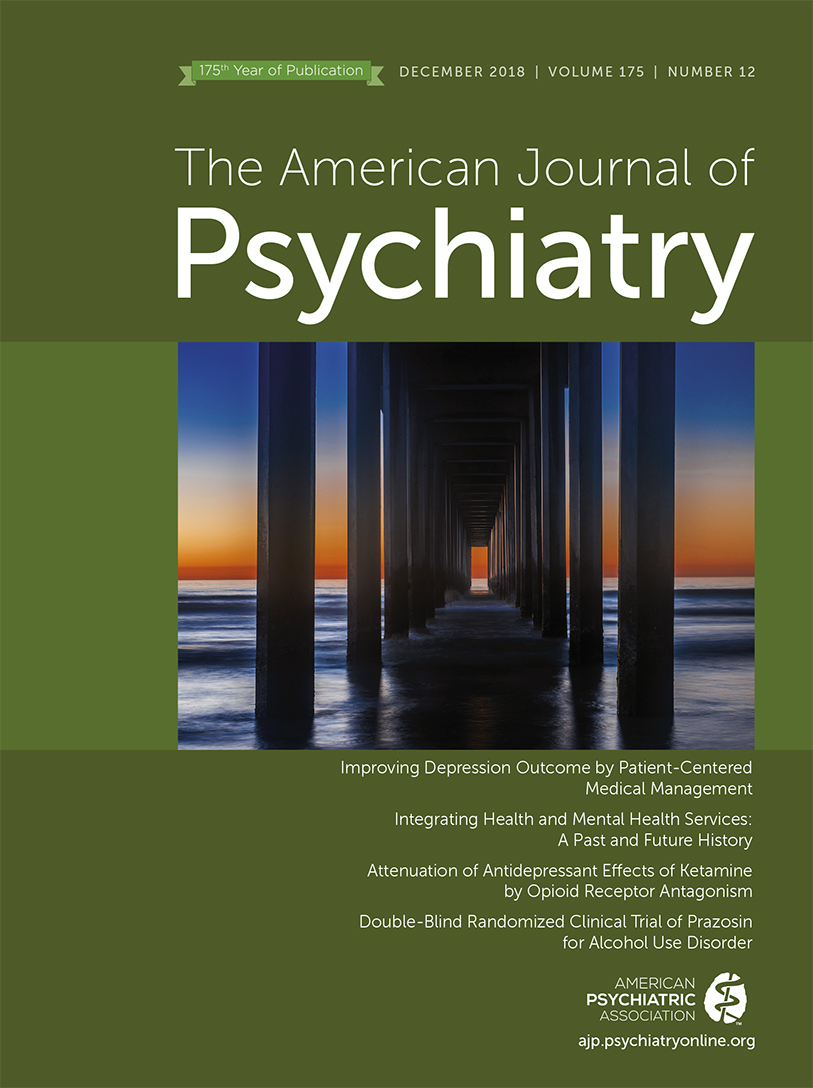T.R. Beck (1791–1855)

Portrait of T. Romeyn Beck (Courtesy of the Union College Permanent Collection)

First page of Beck’s Elements of Medical Jurisprudence (first edition) (reproduced with permission)
Most readers of the Journal will recognize the name Theodric Romeyn Beck as the second editor of the Journal, from 1849 until 1854. His book Elements of Medical Jurisprudence (1), published in 1823, became a standard work for legal as well as medical professionals. It went through 12 American and four British editions, and it was translated into German and Swedish. Beck notes that the testimony of medical experts influences legal decisions, and this two-volume text instructs the reader on what is involved in becoming an expert capable of offering testimony: The expert must have clinical acumen, must be familiar with the case law precedents, and must have knowledge about nosology and classification of disorders, which Beck addresses in a chapter entitled “Mental Alienation” (adapted from the work of Esquirol ([2]) that deals with issues of insanity, real or feigned, and idiocy.
The chapter includes various cases where psychiatric testimony influenced the eventual outcome of either exoneration or a guilty verdict. One such case that he cites occurred in the early days of the Republic when two persons were charged with treason in Pennsylvania and were condemned to death in 1794. A physician declared the madness of one of the accused to be feigned. President George Washington directed a consultation of three physicians, one of whom was Benjamin Rush. On the basis of the accused’s pulse rate, the three physicians declared him “mad,” and he was subsequently pardoned (1, p. 238).
Beck was not trained as a psychiatrist, but his chapter “Mental Alienation” in Elements of Medical Jurisprudence defined “the next two centuries of forensic psychiatry in the United States” (3).
1 : Elements of Medical Jurisprudence, 2nd Edition, With Notes and an Appendix by William Dunlop. London, John Anderson, 1825Google Scholar
2 : Mental Maladies: A Treatise on Insanity. Translated by Hunt EK. Philadelphia, Lea and Blanchard, 1845Google Scholar
3 : Rediscovering forensic psychiatry, in Textbook of Forensic Psychiatry, 2nd ed. Edited by Simon RI, Gold LH. Washington, DC, American Psychiatric Press, 2004, pp 3–36Google Scholar



